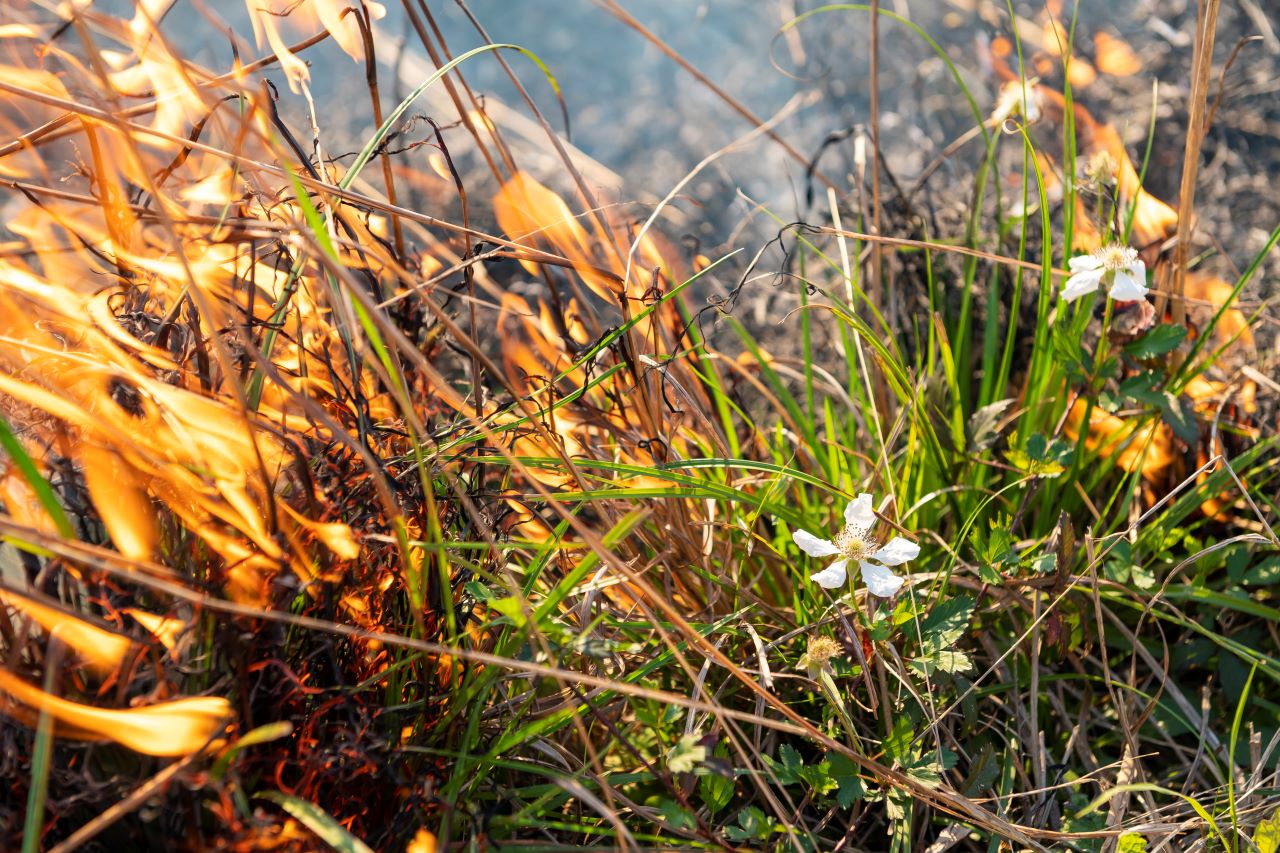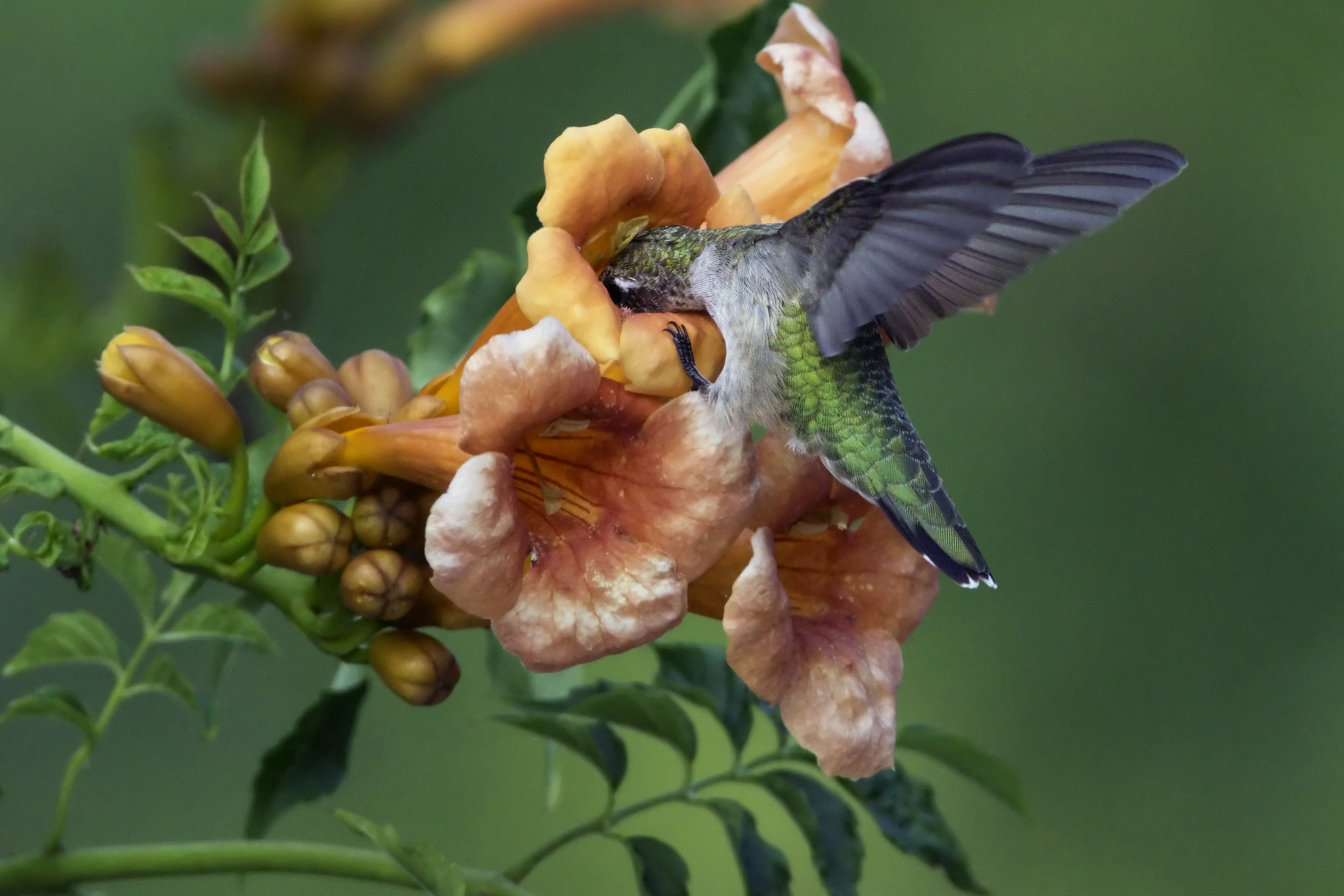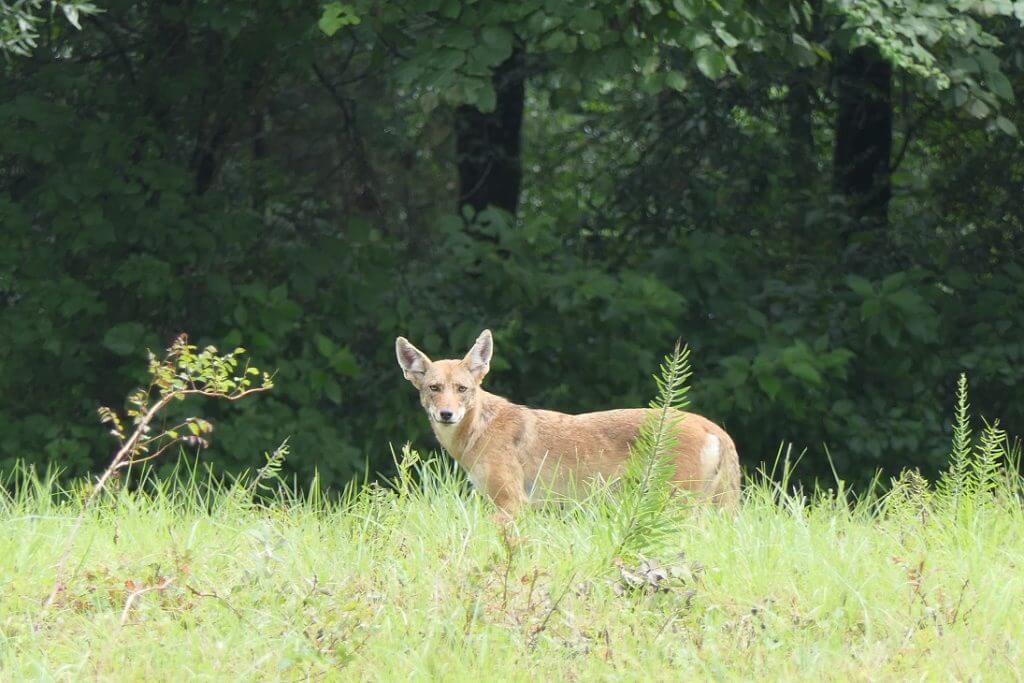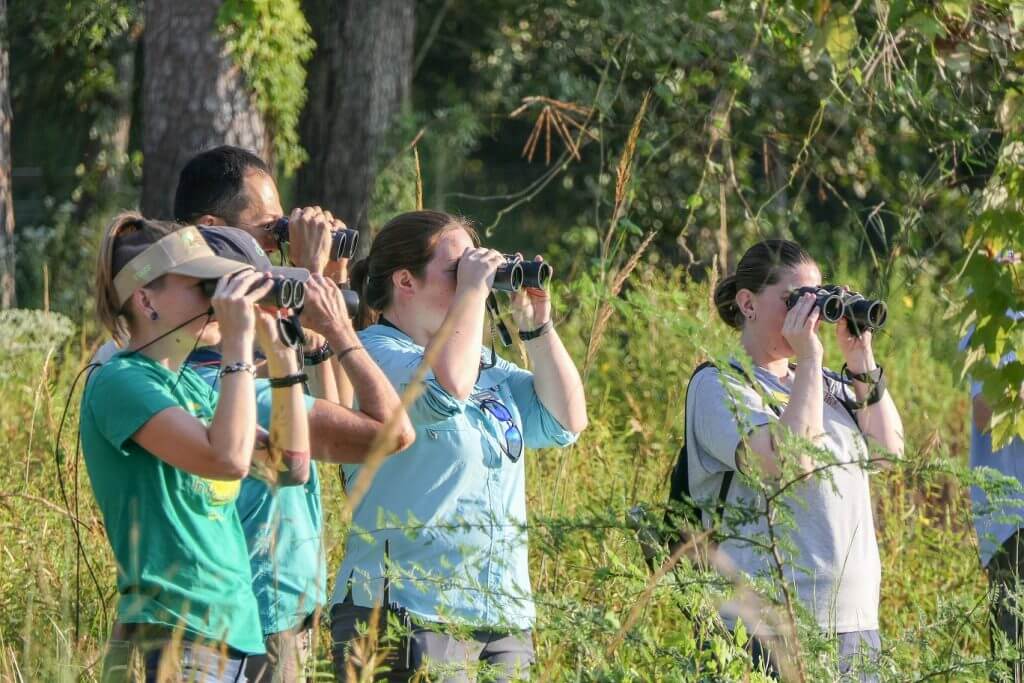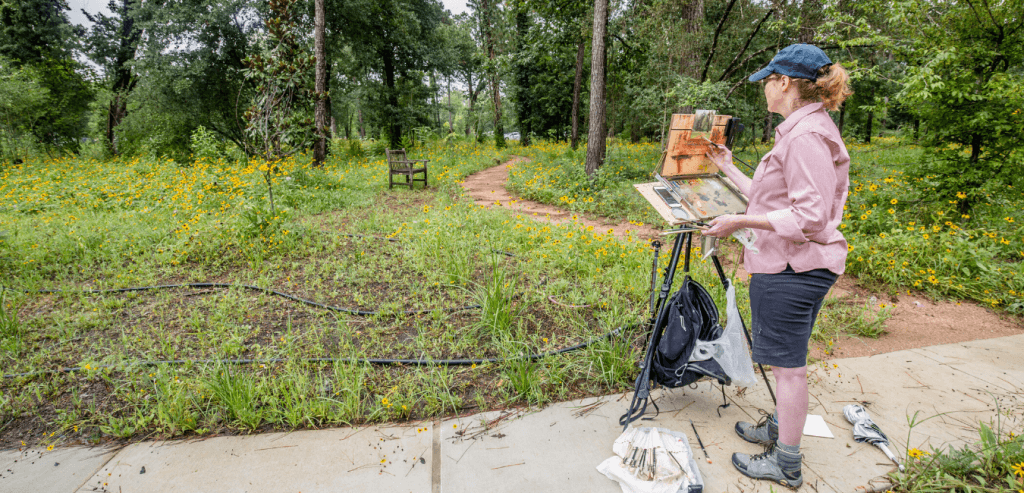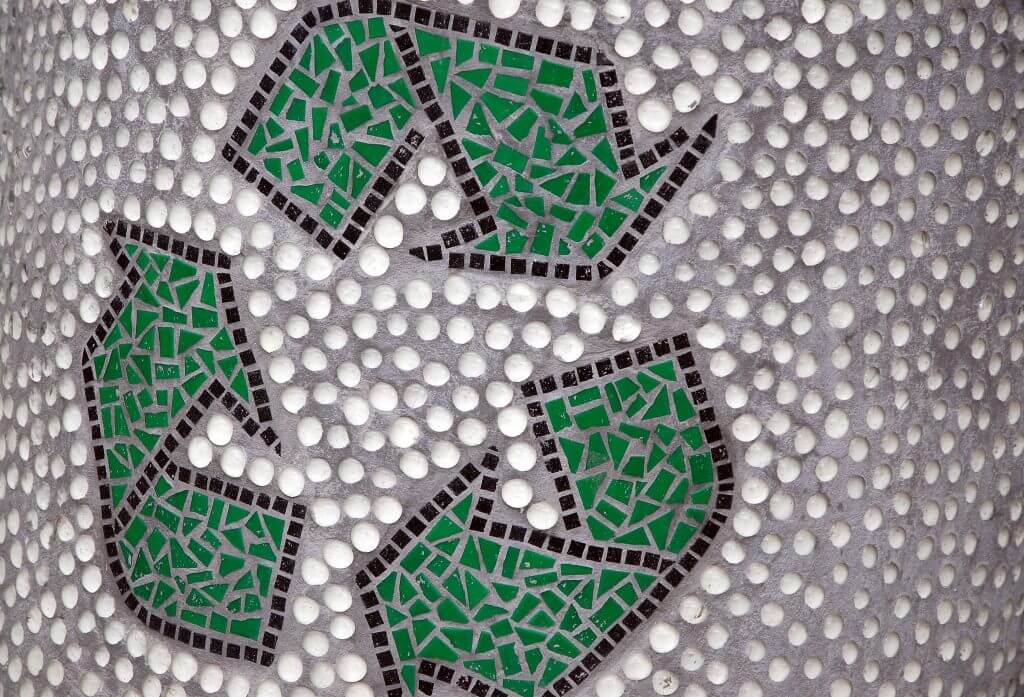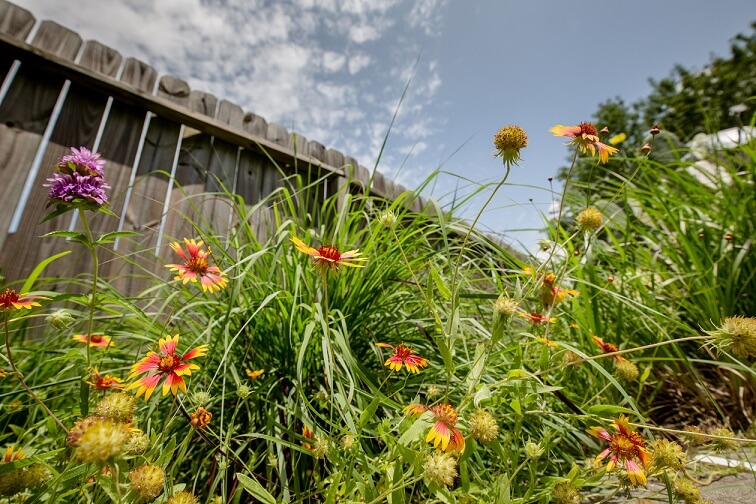Written by Amy Barton and Chris Garza

You’ve probably noticed the bright lime colored lizards scurrying along fence tops or basking in the sun on tree branches. These are our native species of anole lizards, called green anoles. You have probably also noticed the brown anoles with a diamond pattern and a ridge on their back. These are the Cuban brown anoles, an invasive species that first entered the United States a century ago. In the last 30 years, the Cuban anole population has spread from Florida and the Keys to Texas and Louisiana.
A change in our native green anole
Since the encroachment of the Cuban brown anole, studies have shown that our native green anole has begun to show some morphological and behavioral changes. What scientists have found, and what you can probably witness at home, is that the green anole is now choosing to live higher off the ground and they have developed larger toe pads.
Interesting fact: green anoles can change their color from green to dark brown. They can be differentiated between the Cuban brown anole because they do not have the ridge or diamond pattern along their backs.
Why is our native green anole experiencing these changes?
The green anole and the Cuban brown anole both occupy the same niche, or place in the ecosystem. This means that they both live on the ground and in low lying branches, and eat the same food, insects. But the brown anoles tend to out-compete green anoles on the ground and lower boles of trees. They have even been described as being more aggressive than the native green anole. Instead of toughening up, the green anoles who used to occupy these lower spaces are now more commonly found feeding in higher, flimsier branches and leaves. This is considered a shift in behavior due to resource partitioning. In a short period of time, green anoles have evolved larger toe pads to help cling to these more precarious branches and twigs.
What can you do to help the green anole?
As one of our conservation staff members, Chris Garza, pointed out, the Cuban brown anole is edible! Chris even shared a recipe he found: Cuban brown anole recipe
If you’re looking for a more realistic approach, you can always look to your garden and make sure you have proper green anole habitat. Since the green anole is now living higher off the ground, providing some higher levels in your garden for them to perch might give them more habitat. They can be seen in hanging pots, on fences, and in shrubs and trees.




